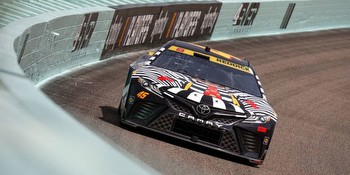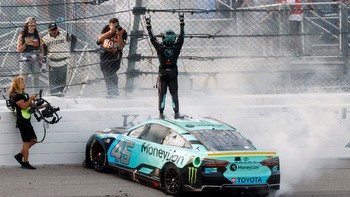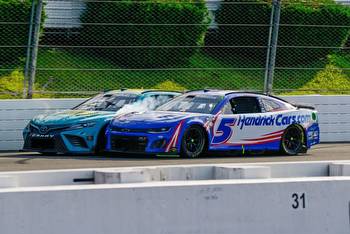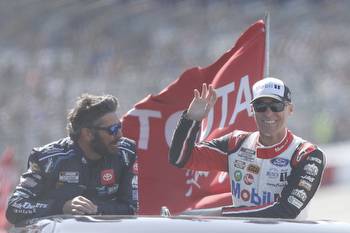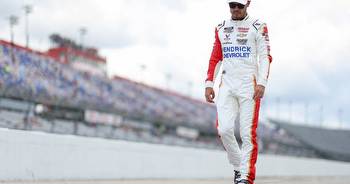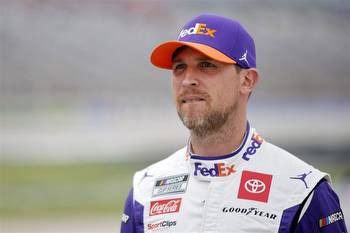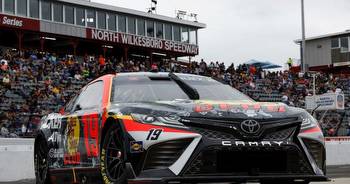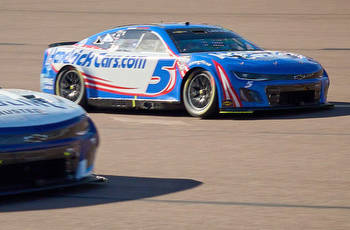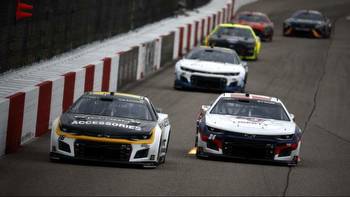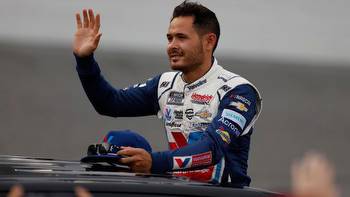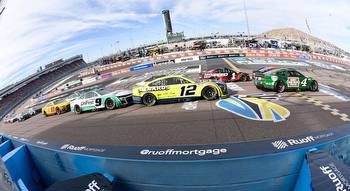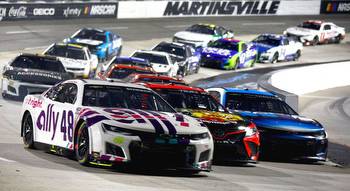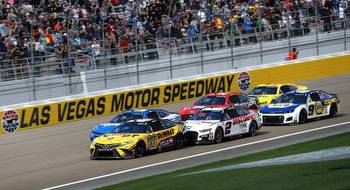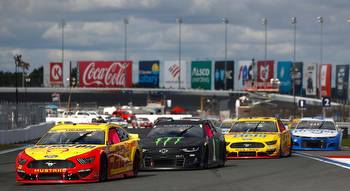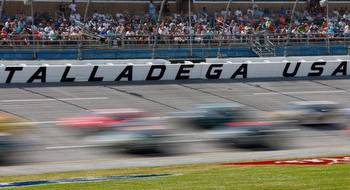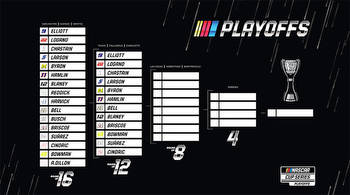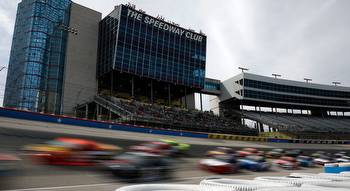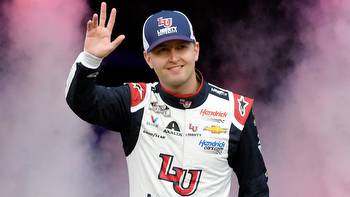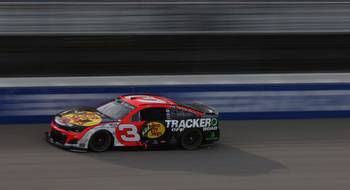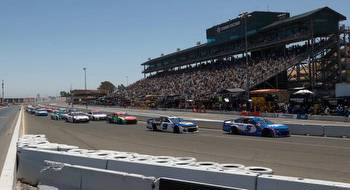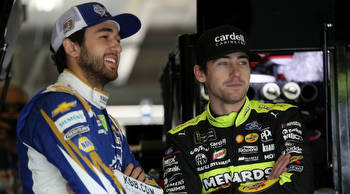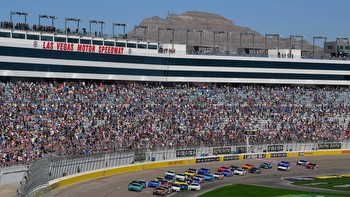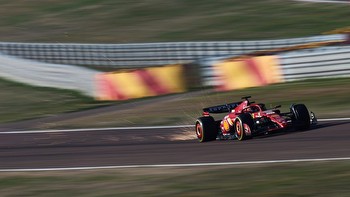Catastrophic Tire Wear Created One of NASCAR's Best Races in Years
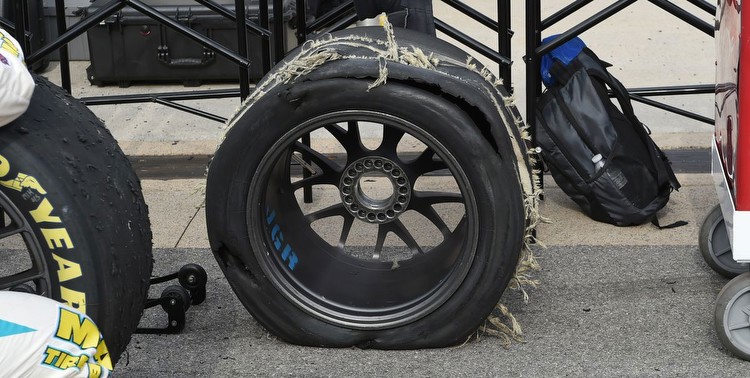
NASCAR has a short-track problem. The tight and confined layouts that historically put on the category's best racing have struggled since the series switched to the Next Gen car in 2022, and major aerodynamic revisions introduced at Phoenix last week did little to help the cause. That meant excitement was unusually low for Sunday's race at the beloved Bristol Motor Speedway. The excitement came back instantly when serious and fortuitous tire problems emerged mid-race.
Officially, Goodyear is not exactly sure what happened. The response from the brand's director of racing during the race on Sunday suggested that the biggest factor was the track not taking rubber, leaving the racing line relatively green while the outside of corners filled with mountains of shed tire marbles. Goodyear says it brought the same left-side and right-side tire compounds to the track, so the only other obvious variables were track conditions and a different kind of adhesive compound applied to the track's inside groove by NASCAR. That impacted only one of the track's racing lanes, but the middle and outside grooves also did not rubber up the way they had in past races. There is also the possibility of an unknown change in the tires themselves, like a different construction technique or supplier tolerance that may have made the same compound of tire react differently.
Goodyear did not immediately respond to Road & Track's request for comment.
Whatever happened, teams were caught off guard and did not set up their cars for the possibility of extreme tire wear. That meant drivers regularly wore through the entire life of a set of tires during a green flag run, well before any fuel stop was necessary. It also meant that tires were going flat regularly under green.
Those are major, legitimate concerns. Teams are right to be frustrated by a race so different from what they planned to see and drivers like Kyle Larson have a good reason to be uncomfortable with a race that had so many sudden blown tires.
“I’ve never ran a race like that,” Larson said, Autoweek reports. “I hope I never have to run a race like that again. To have to run a race like that every week would not be good, and it’s honestly probably a black eye to Goodyear just with all the rubber that couldn’t get laid down and just wearing through tires and all that.”
From the spectator perspective, though, the racing proved that dramatic tire wear makes for an exceptionally entertaining on-track product. With further refinement for safety and a little more durability, a package built around this sort of tire degradation could produce better, more fun-to-watch racing every week.
The race produced a headlining 54 lead changes, the most ever for a NASCAR short track. As exciting as that was, the real highlight was how those fights for position actually went down. This was nothing like the sort of drafting battles we see at Daytona, Talladega, and the new Atlanta that produced a three-wide finish earlier this month; these were battles between drivers at completely different levels of control, ones that required so much skill that it was obvious to viewers from outside the car. Cars are going very different speeds at different times as they figure out how to manage these kinds of tires, and those differentials make for more visually exciting racing. Add in the slides and lifts a driver needs to stay on the racing line at the end of the life of these tires and you are left with a real thrill.
Unfortunately, this cannot be implemented everywhere overnight. NASCAR and Goodyear first have to actually figure out what happened here, landing on what specific combination of rubber, heat, surface material, and surface finish led to an event like this. Then, they'd need to test out ways to safely replicate it on other tracks. Only then could Goodyear actually start building the thousand-plus tires necessary to hold a race weekend designed around this kind of racing.
Getting that right means ensuring that this kind of tire wear can happen without so many sudden tire blowouts. Other than that, more wear does not necessarily mean more crashes. As challenging as Sunday's race was, drivers were able to finish two full stints under green without a single caution. That is the product NASCAR needs, one that is a visible challenge for everyone but not necessarily any more dangerous than what the series races right now.
That should be the immediate goal of everyone involved in the series. The sooner that process begins, the sooner we can have more races like this. As experienced NASCAR reporter Matt Weaver said Monday, this race was a happy accident. Now is the time to act intentionally and make sure that more events like it happen on purpose.

